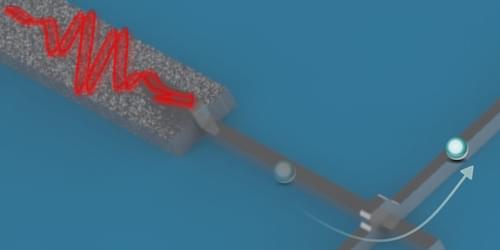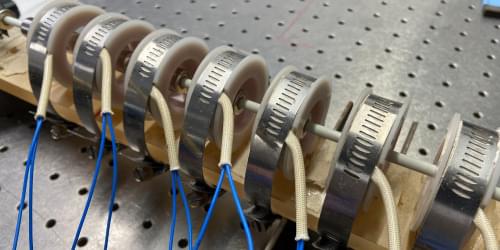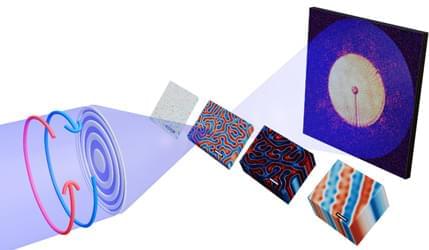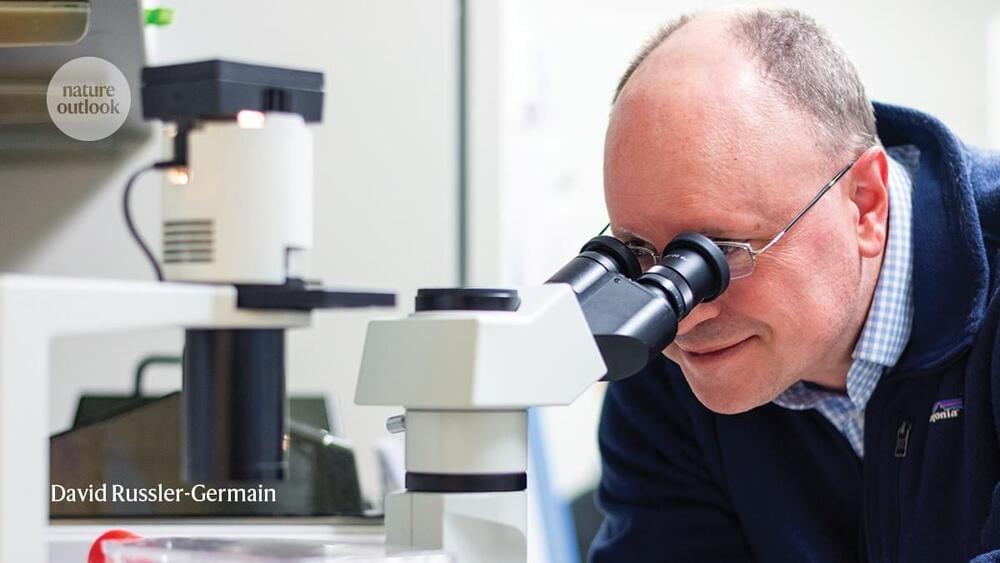DARPA is giving seven teams $2 million to hone tools for scrutinizing the open-source code that underpins everything from banks to water systems.
“We see significant progress,” in opening up DOD data, one observer said. But a bigger, multinational test is coming.
WASHINGTON — The Space Development Agency awarded contracts to Terran Orbital and York Space Systems to build and operate 10 satellites each for the military’s low Earth orbit communications network, the agency announced Aug. 16.
The contracts, valued at $254 million for Terran Orbital and $170 million for York Space, are for the final 20 satellites of SDA’s Tranche 2 Transport Layer Gamma program. Delivery is expected in the fourth quarter of fiscal year 2027.
These satellites will form part of the Proliferated Warfighter Space Architecture, a constellation of data relay and sensor satellites designed to provide global communications and missile detection capabilities.
WASHINGTON — Aerospace and defense contractor Sierra Nevada Corporation (SNC) is set to expand its radio frequency (RF) satellite constellation, aiming to capture a larger share of the market for electronic emissions data.
The company launched its first four RF sensing cubesats last year, built by Spire, marking its entry into this increasingly competitive field. SNC is now gearing up for a significant expansion, with plans to deploy a network of 20 satellites over the next five years.
Chris Morgan, SNC’s vice president, told SpaceNews the company sees a rising demand in the military sector for RF data, which can provide critical intelligence on activities like GPS jamming and enemy movements. The RF sensing market, he said, is also driven by commercial applications.
Join our newsletter to get the latest military space news every Tuesday by veteran defense journalist Sandra Erwin. Get the newsletter By clicking submit, you agree to share your email address with the site owner to receive the newsletters. You can opt-out at any time. Processing… Success! You’re on the list. Whoops! There was an error and we couldn’t process your subscription. Please reload the page and try again. WASHINGTON — U.S. Space Command’s top general voiced support for the U.S. Army’s efforts to expand its space expertise, pushing back against criticism that such initiatives encroach on Space Force territory. Gen. Stephen Whiting, commander of U.S.
A new device converts a stream of microwave photons into an electric current with high efficiency, which will benefit quantum information technologies.
Technologies for quantum computing, sensing, and communication process information stored in quantum bits (qubits) by using microwave photons. But detecting such photons accurately and at high rates—to read out the changing states of a quantum computer, for example—is a challenge, since they have much less energy than visible or infrared photons. Now researchers have demonstrated a detection method based on the fact that a photon can assist in the quantum tunneling of an electron through a superconducting junction [1]. The technique converts a stream of microwave photons into a flow of electrons far more effectively than other methods, showing an efficiency of 83%, and it will be of immediate use in quantum technologies.
Building good detectors of microwave photons is inherently difficult, says Julien Basset of the University of Paris-Saclay, because such photons lack the energy needed to excite electrons in semiconductors into the conduction band, thereby generating a current that can be measured. Researchers have been pursuing several techniques, but none works well for a continuous stream of photons, in which multiple photons may arrive simultaneously. For such continuous operation, as would likely be required in many practical quantum information devices, the best efficiency demonstrated so far has been only a few percent, Basset says.
An analysis of the brightest gamma-ray burst ever observed reveals no difference in the propagation speed of different frequencies of light—placing some of the tightest constraints on certain violations of general relativity.
A magnet-and-coil system reveals how acoustic waves reflect and refract when the host medium suddenly changes elasticity.
A soft x-ray magnetic imaging technique makes possible the study of a wide range of magnetic materials.
Although natural-killer-cell therapies are safer than T-cell therapies and offer other advantages, they require upgrades to overcome their limited lifespan and susceptibility to immunosuppression.









